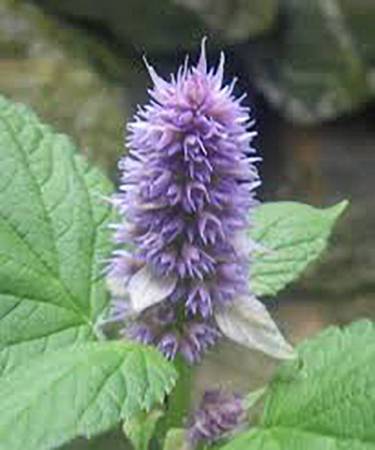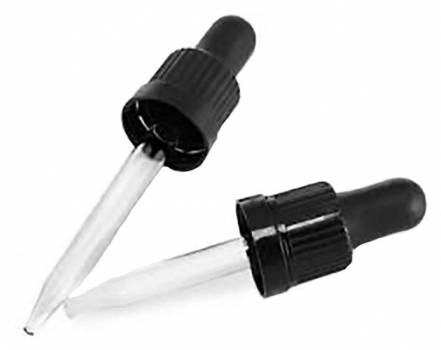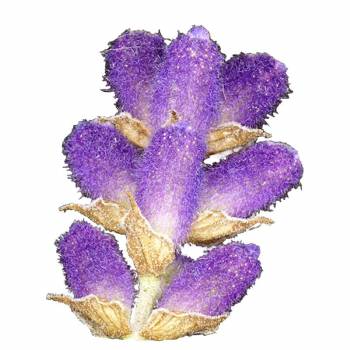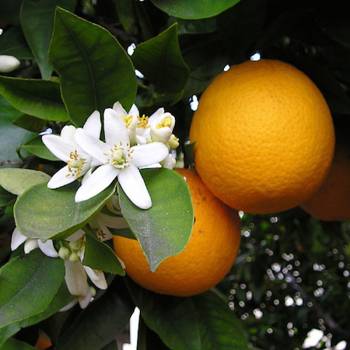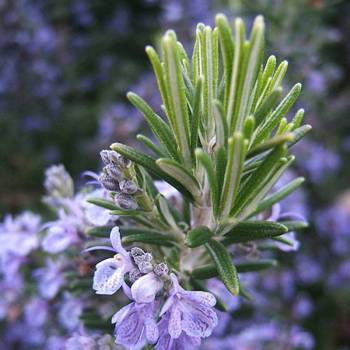Welcome Sign in
Product successfully added to your shopping cart
There are 0 items in your cart. There is 1 item in your cart.
Hyssop - Hyssopus officinalis
Sacred to early Greeks and Hebrews. Warm and Vibrant, can promote alertness and clarity of thought.
New
Data sheet
| County of Origin | France |
| Therapeutic Properties | Anti-infectious, anti-septic, anti-spasmodic, anti-viral, digestive tonic, emmenagogic, nervine |
| Botanical Family | Lamiaceae |
| Chemical Family | Ketones, Monoterpenes |
| Approx. Shelf Life | 6 years |
| Plant Parts | Leaves, flowering tops |
| Note Classification | Middle |
| Method of Extraction | Steam Distilled |
| Blends well with | Celery, Fennel, Lavender, Orange, Rosemary, Tangerine |
| GC/MS | Available upon request |
More info
History: It is an ancient oil and reference is made to it in the Bible (Psalm 51:7, John 19:20), but most believe this hyssop was referring to an oregano. Still, there are numerous ancient references to it being used medicinally and religiously. As a stewing herb in the Middle Ages, the infusion was applied topically for lice.
Characteristics: A top note with a medium aroma, Hyssop Essential Oil has a sweetly medicinal scent that many find appealing.
Clinical Studies:
Indications: Used for dermatitis, rashes, rough skin, ulcers, asthma, spasmodic cough, indigestion, nervous dyspepsia, menstrual cramps, sexual over-activity, headaches, insomnia, nervous tension, neuralgia, stress. Used to calm, promote sleep and relieve pain.
Personality Profile:
Subtle Aromatherapy:
Mode of Administration: Aroma lamp, bath, compress, diffusor, inhaler, light bulb ring, lotion, massage, mist spray, steam inhalation, steam and sauna room.
Safety: Nontoxic, but use with caution. Avoid with pregnancy, infants, children, elderly, epilepsy (pinocamphone) and high blood pressure. Dilute before use; for external use only. May cause skin irritation in some individuals; a skin test is recommended prior to use. Contact with eyes should be avoided.
